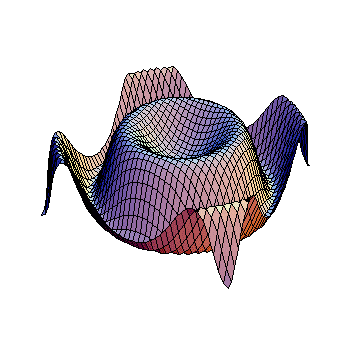Question #fd3c6
2 Answers
33%, or 50%, depending.
Explanation:
There are two possible outcomes here, one where we only use unique outcomes (if we roll 6-4 we cannot use 4-6), and one where we use all outcomes.
For both, the amount of rolls available are 36. Of these, half are divisible by 2, so 18.
For non-unique rolls, 18 is the answer, and
For unique rolls, it is slightly different. Where before the ways to get an even number were numerous, from 6-6 to 1-1, we now have to get rid of duplicates. This includes 6-4/4-6, 5-3/3-5, 6-2/2-6, 4-2/2-4, 5-1/1-5 and 3-1/1-3. This gets rid of 6 possibilities,
Explanation:
Number of outcome
Set of outcome with diffrence of 2
Number of outcome with difference of
Therefore,
the probability of outcome with difference of 2


